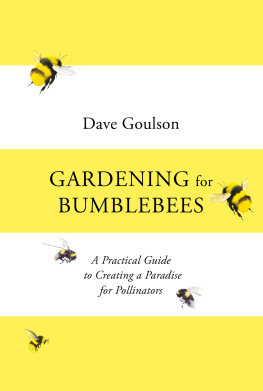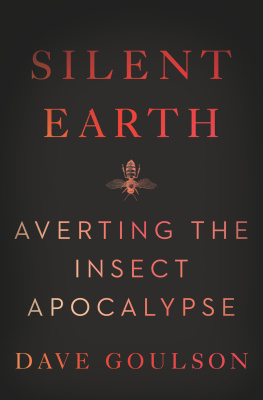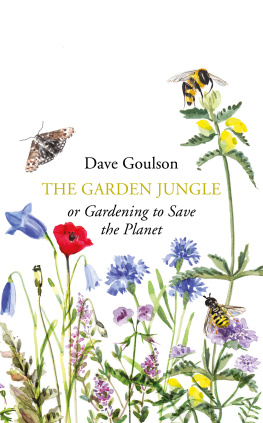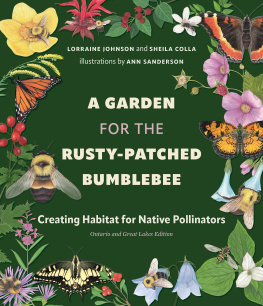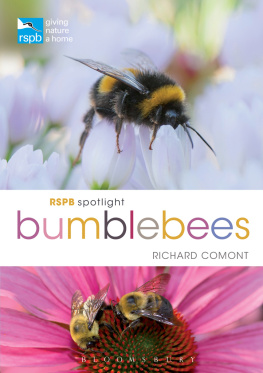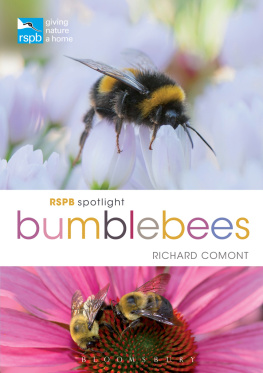VINTAGE
UK | USA | Canada | Ireland | Australia
New Zealand | India | South Africa
Vintage is part of the Penguin Random House group of companies whose addresses can be found at global.penguinrandomhouse.com.

First published by Square Peg in 2021
Copyright Dave Goulson 2021
The moral right of the author has been asserted
Cover design by Anna Green
Illustrations Shutterstock
ISBN: 978-1-473-57836-4
Illustrations on and cover by Maria Stezhko, Ekaterina Stanchenko, Bonitas and CarlosR, all Shutterstock.
This ebook is copyright material and must not be copied, reproduced, transferred, distributed, leased, licensed or publicly performed or used in any way except as specifically permitted in writing by the publishers, as allowed under the terms and conditions under which it was purchased or as strictly permitted by applicable copyright law. Any unauthorized distribution or use of this text may be a direct infringement of the authors and publishers rights and those responsible may be liable in law accordingly.
Dave Goulson
GARDENING FOR BUMBLEBEES
A Practical Guide to Creating a Paradise for Pollinators

ACKNOWLEDGEMENTS
Thanks in particular to Pieter Haringsma, who took many of the best photographs of bees, and to Marta Rossi, Steven Falk, and Laurie Jackson, who also provided some lovely pictures. The fuzzier ones are all mine.
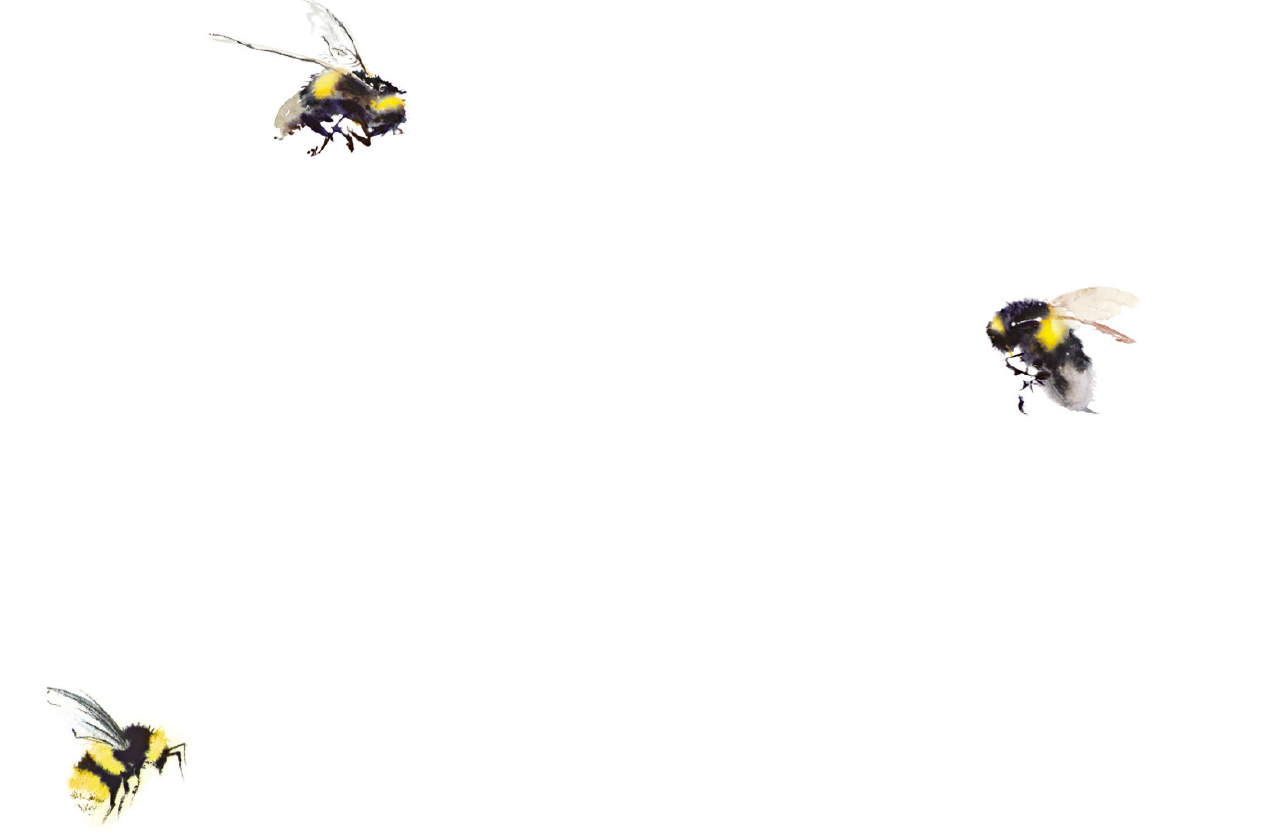
Introduction
I have been fascinated by bumblebees since I was only five or six years old, and I have been studying them as a scientist for nearly thirty years. Bumblebees are big, furry and beautiful, their buzzing, lazy flight the perfect soundtrack to a summers day pottering in the garden or walking in the countryside. There are twenty-six different species to be found in the UK, of about 250 species known worldwide. If you look carefully, it is easy enough to find six or seven species in your garden or in your local park, provided there are a few flowers to attract them. You can see huge queens in the early spring, followed later by their smaller workers, and then males with fluffy yellow faces idling about on flowers in high summer.
Bumblebees are among the most important of our insects, for they are superb pollinators, ensuring that wildflowers set seed and reappear each year, and also that our vegetable and fruit crops give us bountiful harvests. We should therefore be deeply concerned by declines in the populations of our wild bees. Some bumblebees, such as Cullums bumblebee and the short-haired bumblebee, have gone extinct in Britain. Recently Franklins bumblebee, a species from North America, went globally extinct. Many species hang on as tiny populations in scattered nature reserves, unable to cope with the stresses of the modern world. We need to look after these endearing creatures, and provide them with refuges where they can feed, breed and thrive.
The good news is that this is easy to do, for it is possible to make any garden into a haven for bumblebees and other wild insects. It doesnt matter how small it is; even a growbag on a balcony can produce copious flowers and attract hungry bees to a nutritious feast. Our gardens and our city parks could all become part of a vast network of pollinator-friendly habitats. Britain has about 22 million gardens, plus about 300,000 allotments, amounting to about half a million hectares of land. In writing this book it is my hope that I will inspire and encourage a few more gardeners and allotmenters to make their patch more bee-friendly. Perhaps one day all our gardens will be so, and our urban children will grow up able to take for granted the buzzing drone of bumblebees.

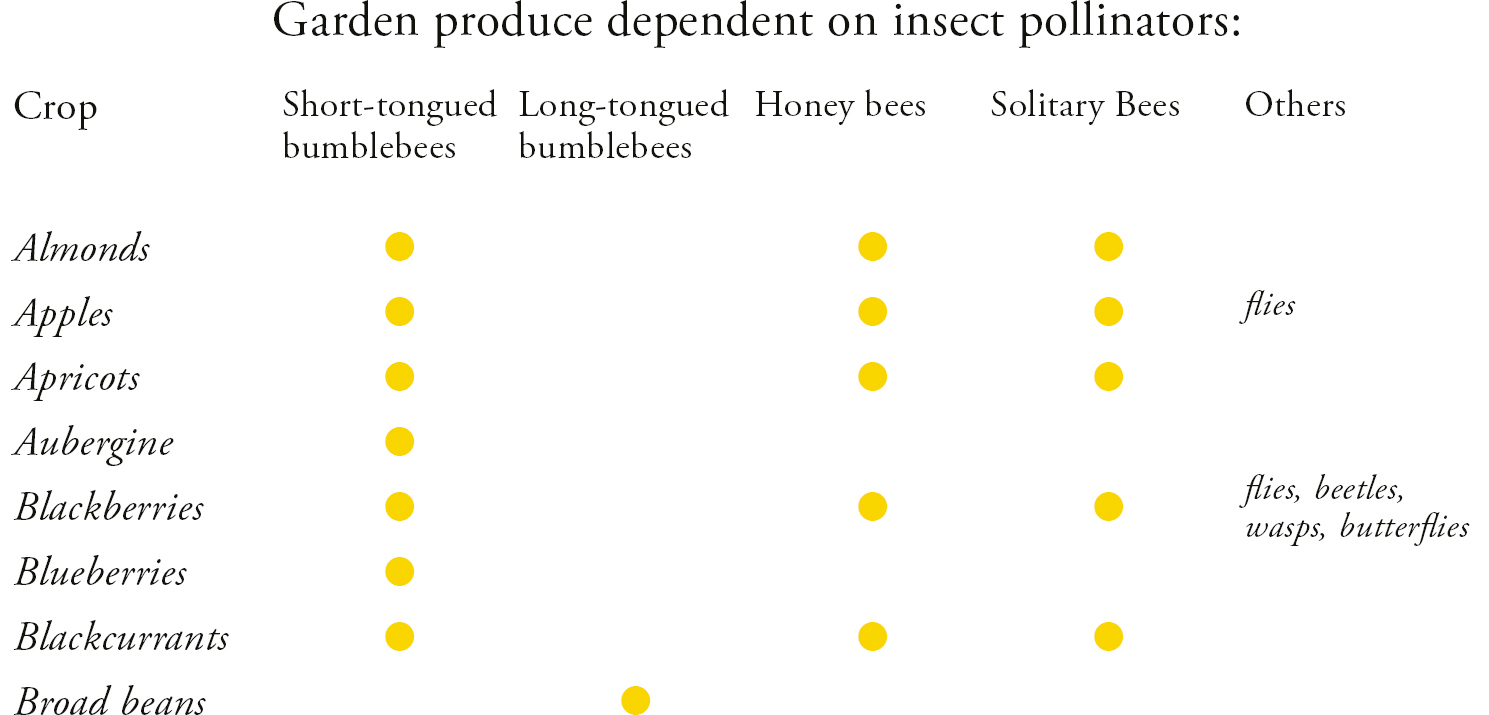
| Garden produce dependent on insect pollinators: |
| Crop | Short-tongued bumblebees | Long-tongued bumblebees | Honey bees | Solitary Bees | Others |
| Almonds | Short-tongued bumblebees | Honey bees | Solitary Bees |
| Apples | Short-tongued bumblebees | flies |
| Apricots | Short-tongued bumblebees | Honey bees | Solitary Bees |
| Aubergine | Short-tongued bumblebees |
| Blackberries | Short-tongued bumblebees | flies, beetles, wasps, butterflies |
| Blueberries | Short-tongued bumblebees |
| Blackcurrants | Short-tongued bumblebees | Honey bees | Solitary Bees |
| Broad beans | Long-tongued bumblebees |
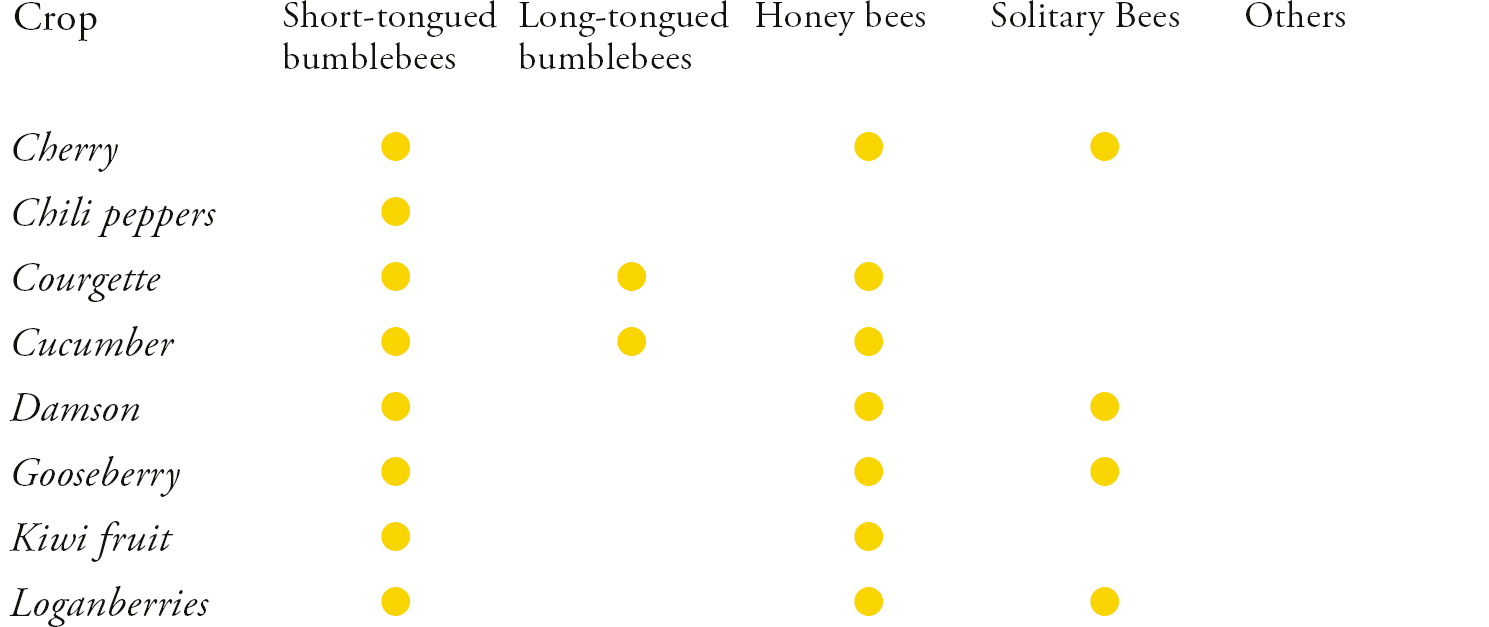
| Crop | Short-tongued bumblebees | Long-tongued bumblebees | Honey bees | Solitary Bees | Others |
| Cherry | Short-tongued bumblebees | Honey bees | Solitary Bees |
| Chili peppers | Short-tongued bumblebees |
| Courgette | Short-tongued bumblebees | Long-tongued bumblebees | Honey bees |
| Cucumber | Short-tongued bumblebees | Long-tongued bumblebees | Honey bees |
| Damson | Short-tongued bumblebees | Honey bees | Solitary Bees |
| Gooseberry | Short-tongued bumblebees | Honey bees | Solitary Bees |
| Kiwi fruit | Short-tongued bumblebees | Honey bees |
| Loganberries | Short-tongued bumblebees | Honey bees | Solitary Bees |
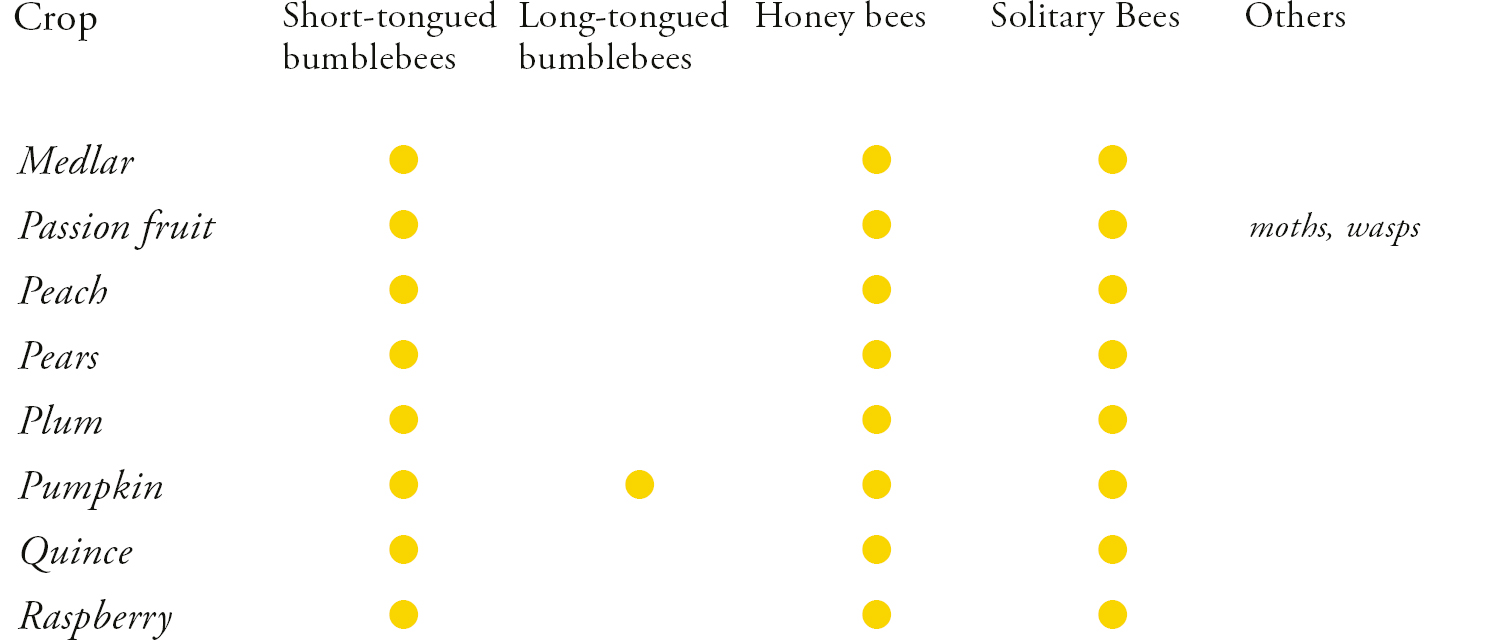
| Crop | Short-tongued bumblebees | Long-tongued bumblebees | Honey bees | Solitary Bees | Others |
| Medlar | Short-tongued bumblebees | Honey bees | Solitary Bees |
| Passion fruit | Short-tongued bumblebees | Honey bees | Solitary Bees | moths, wasps |
| Peach | Short-tongued bumblebees | Honey bees | Solitary Bees |
| Pears | Short-tongued bumblebees | Honey bees | Solitary Bees |
| Plum | Short-tongued bumblebees | Honey bees | Solitary Bees |
| Pumpkin | Short-tongued bumblebees | Long-tongued bumblebees | Honey bees | Solitary Bees |
| Quince | Short-tongued bumblebees |
Next page
